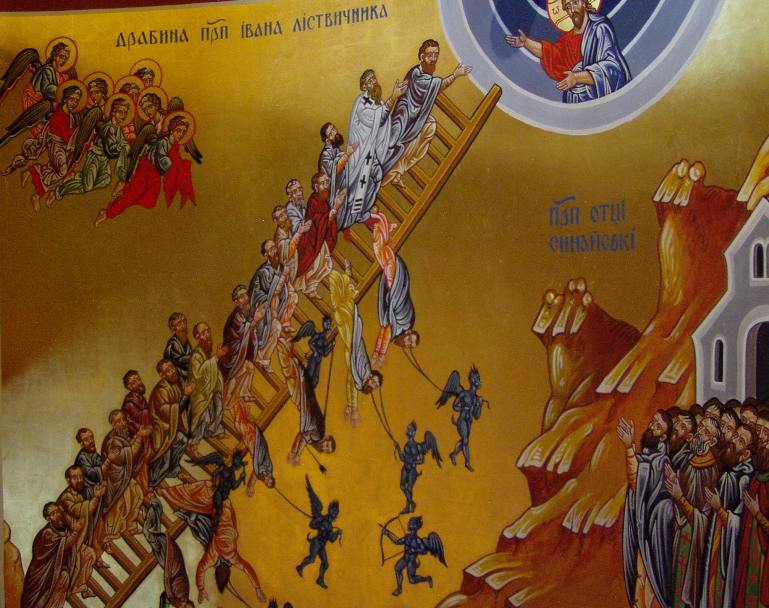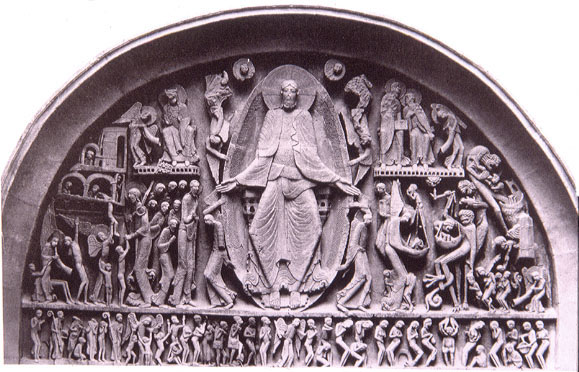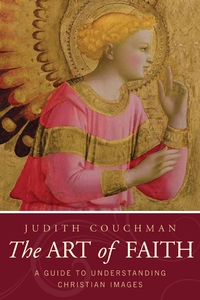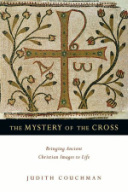assistance from angels. They relied on God’s Spirit for comfort and strength. They feared hell’s fires and longed for heaven’s glories.
Artists recorded this spiritual world, with Satan orchestrating Job’s
severe trials (Job 1), tempting a weary Jesus (Mt. 4:1-11), binding people in illness (Lk. 13:16), and tormenting a perplexed apostle Paul (2 Cor. 12:1).
Post-biblical battles against the devil also occupied artists. Medieval and Renaissance painters created many versions of Saint Anthony in the fourth-century Egyptian desert, warding off Satan with the sign of Christ’s cross. More than a millennium later, Martin Luther wrote about a night he debated and rebuked the devil. In between, Satan and his minions lurked in paintings and sculpture that warned Christians about his evil influence. In a twelfth-century icon titled, “The Ladder of Divine Ascent,” monks climbed a ladder to heaven with Christ waiting in heaven at the top. Demons tested the monks’ resolve, poking them with spears and shooting arrows, while angels
encouraged them from above.
Yet Satan and his demons seldom won. Scripture stories and their
accompanying artwork emphasized God triumphing over the Evil One and his spirits. The Lord’s power and rescuing angels delivered his people. The Holy Spirit guided their paths. But the choice belonged to them. Would Christians travel the broad or narrow path (Mt. 7:13)? For that matter, would anyone?
Medieval and Renaissance art, especially Church art, warned people about their eternal destination. According to Church doctrine, accepting Christ rewarded them with heaven; rejecting Christ condemned them to hell. The sculptor Giselbertus carved the front portal to the Cathedral of Saint Lazare in Autun, France, with the sobering prospect of the archangel Saint Michael weighing souls in the afterlife. Christ stood at the composition’s center, dividing groups of the saved and the damned. Entering the church each Sunday, the grand entrance reminded parishioners of the coming judgment.
The seventeenth-century English poet John Milton claimed, “Death is the golden key that opens the palace of eternity.” Christians hoped for that eternal palace.


 RSS Feed
RSS Feed



